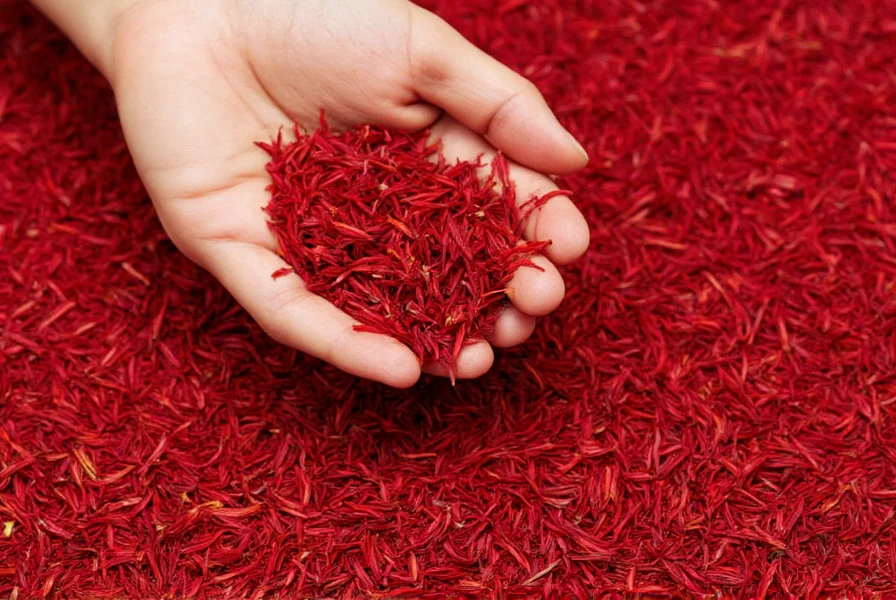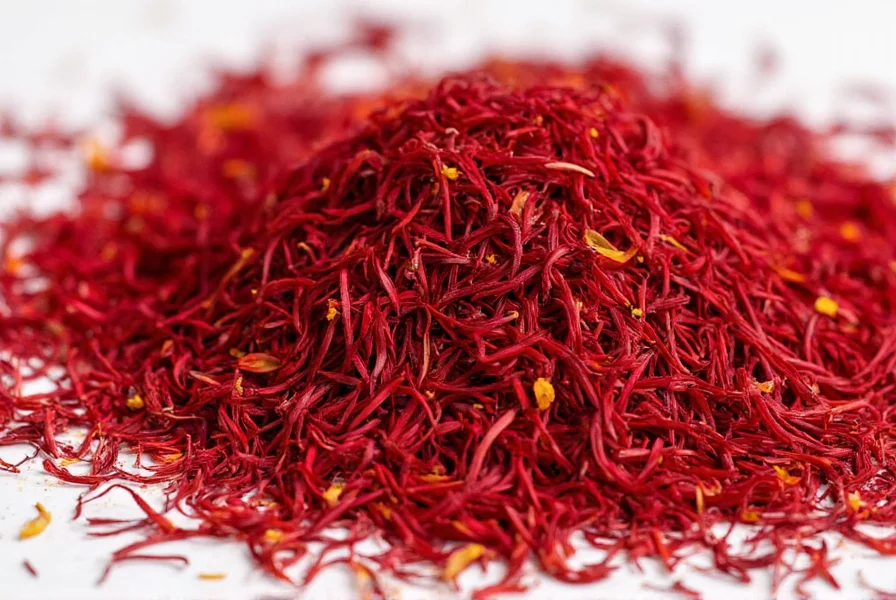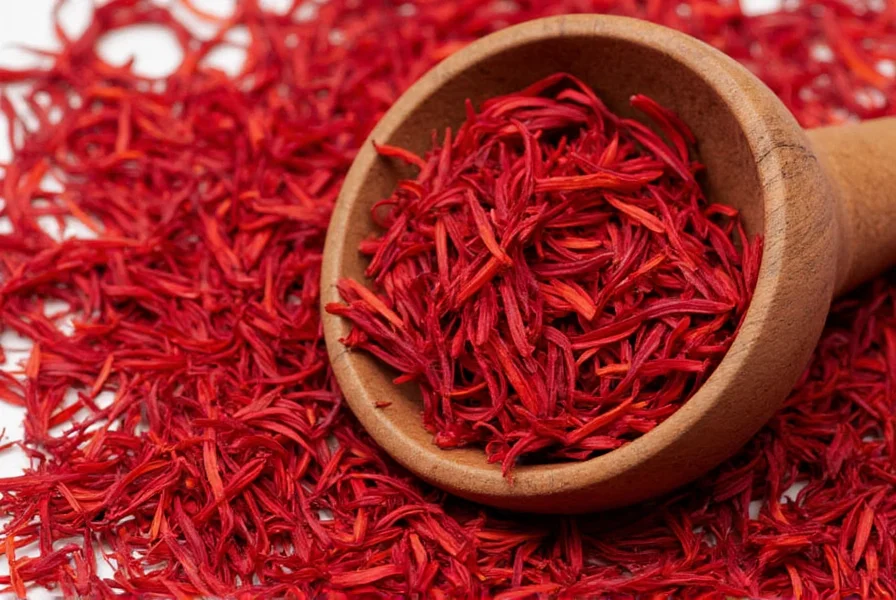As the world's most expensive spice by weight, saffron requires careful purchasing to ensure authenticity and quality. With counterfeit saffron flooding the market—often made from safflower, marigold, or even dyed corn silk—knowing where to buy genuine saffron is essential for both culinary success and value.

Understanding Saffron Quality Before You Buy
Before exploring where to buy saffron, understand what makes saffron premium quality. Genuine saffron consists of the dried stigmas of Crocus sativus flowers. The highest grade, coupé or mongra, features deep red threads with minimal yellow styles and delivers intense color, aroma, and flavor. Lower grades contain more yellow style portions and offer diminished potency.
When evaluating potential saffron sources, look for these quality indicators:
- Deep crimson-red threads (not uniformly red or dark purple)
- Distinctive honey-like aroma with hay notes
- Red threads with orange tips (yellow styles indicate lower quality)
- Proper moisture content (8-12%)
- Transparent origin information (Iran produces 90% of world's saffron)
Top Places to Buy Saffron: Online Options
Online shopping offers convenience and access to global suppliers, but requires extra vigilance. The best places to buy saffron online include:
| Source Type | Pros | Cons | Quality Verification Tips |
|---|---|---|---|
| Specialty Spice Retailers | Expertise, freshness guarantees, detailed origin information | Higher prices | Look for harvest dates, lab reports, and transparent sourcing |
| Persian/Iranian Online Stores | Direct from source, competitive pricing | Shipping delays, potential customs issues | Verify business registration, customer reviews, and contact information |
| Major Online Marketplaces | Convenience, multiple options | Risk of counterfeit products | Only buy from established sellers with 4.5+ ratings and 100+ reviews |
| Co-ops and Direct-from-Farm Sites | Traceable origin, fair pricing | Limited availability | Check for farm documentation and harvesting practices |
When searching for where to buy genuine saffron online, prioritize sellers who provide:
- Clear product photography showing actual threads (not stock images)
- Specific information about origin (province, harvest year)
- Third-party lab testing results for authenticity
- Transparent return policies
- Contact information with verifiable business details
Physical Stores for Purchasing Saffron
For those preferring to inspect saffron before purchasing, several brick-and-mortar options exist. Knowing where can I buy high quality saffron locally requires understanding which stores typically carry authentic product.
Specialty spice shops remain the gold standard for in-person saffron purchases. These establishments often have knowledgeable staff who can demonstrate quality differences and proper storage techniques. Middle Eastern, Persian, and Indian grocery stores frequently carry authentic saffron, particularly those with strong connections to Iranian communities.
High-end grocery chains like Whole Foods, Eataly, and Dean & DeLuca sometimes stock premium saffron, though selection varies by location. When buying from physical stores, always request to see the product before purchasing—reputable sellers will happily show you the threads and may even perform a quick water test to demonstrate authenticity.

Avoiding Counterfeit Saffron: Critical Buying Tips
Unfortunately, saffron adulteration remains widespread. When determining where to buy saffron for cooking, implement these verification techniques:
- Perform the water test: Place a few threads in warm water. Genuine saffron slowly releases a golden-yellow color while maintaining thread integrity for 15+ minutes. Counterfeit saffron often bleeds color immediately or dissolves completely.
- Smell the threads: Authentic saffron has a distinctive floral-honey aroma. Avoid products with chemical or musty odors.
- Check the packaging: Quality saffron comes in airtight, opaque containers protecting from light and moisture. Avoid bulk bins where saffron has been exposed to air.
- Examine thread structure: Real saffron threads are trumpet-shaped with red color fading to orange at the tips. Uniformly colored threads suggest dyeing.
- Verify pricing: If it seems too cheap (under $5-6 per gram), it's likely counterfeit. Pure saffron requires 75,000-250,000 flowers per pound.
Price Considerations and Value Assessment
Understanding saffron pricing helps identify legitimate sources. Premium grade saffron typically costs $10-20 per gram when purchased in small quantities. Larger quantities (1-5 grams) often provide better value per gram while maintaining freshness.
When evaluating where can I buy saffron at reasonable prices, remember that extremely low prices almost always indicate adulteration. However, extremely high prices don't guarantee quality—some sellers exploit saffron's prestige for inflated pricing. The best value comes from reputable sellers offering transparent pricing based on current market rates.
Consider purchasing smaller quantities more frequently rather than bulk amounts. Properly stored saffron maintains peak quality for 6-12 months, after which flavor and color potency gradually diminish.
Proper Storage to Maintain Saffron Quality
Where you buy saffron matters less if you don't store it properly. After purchasing, maintain saffron quality by:
- Keeping it in an airtight container away from light
- Storing in a cool, dark place (not the refrigerator)
- Avoiding exposure to humidity and temperature fluctuations
- Using within 6-12 months for optimal flavor and color
For extended storage, consider dividing larger purchases into smaller portions to minimize air exposure each time you access your saffron supply.











 浙公网安备
33010002000092号
浙公网安备
33010002000092号 浙B2-20120091-4
浙B2-20120091-4